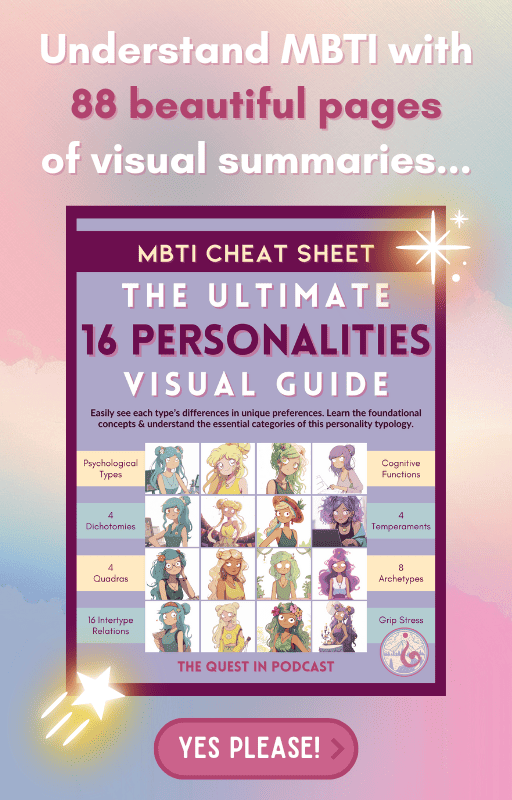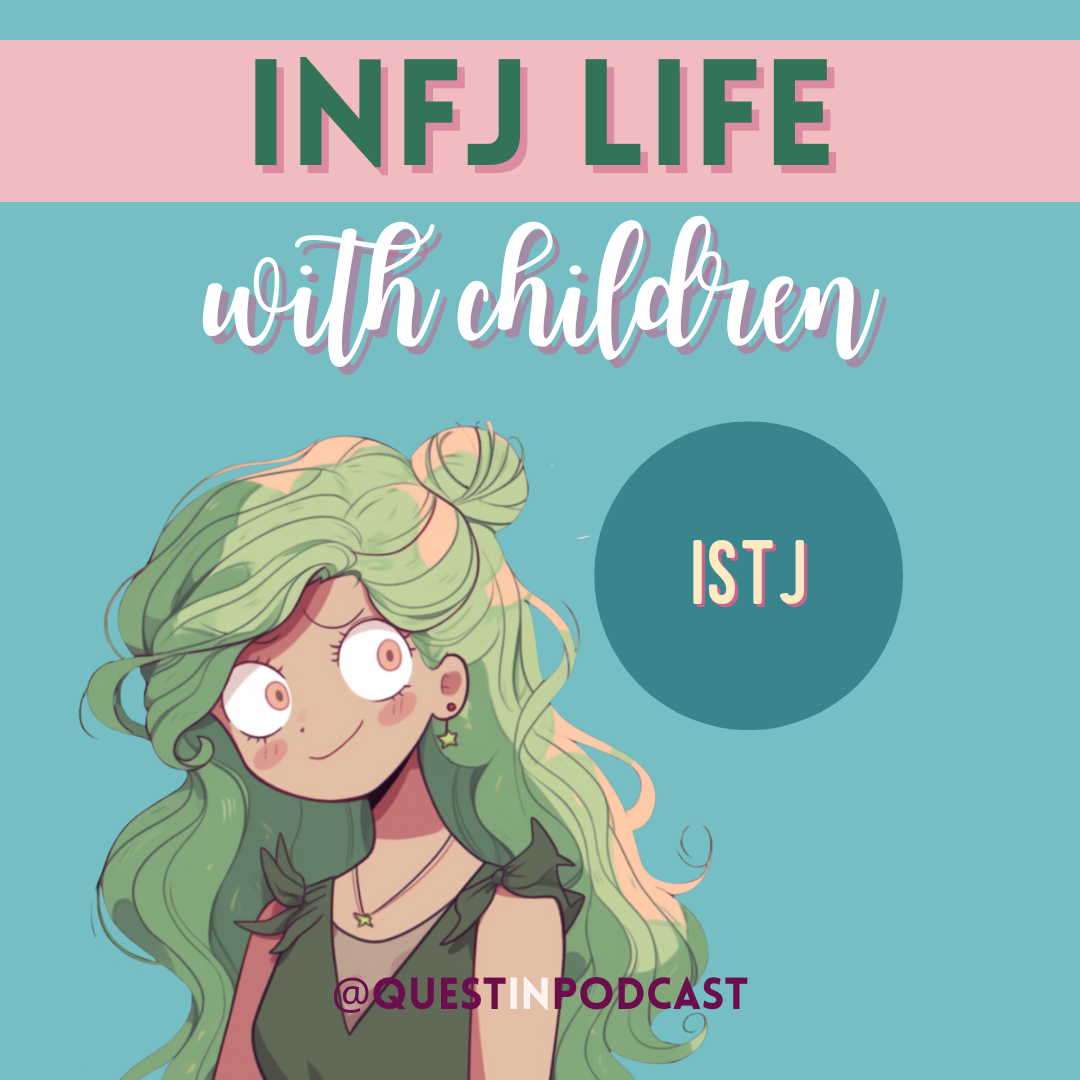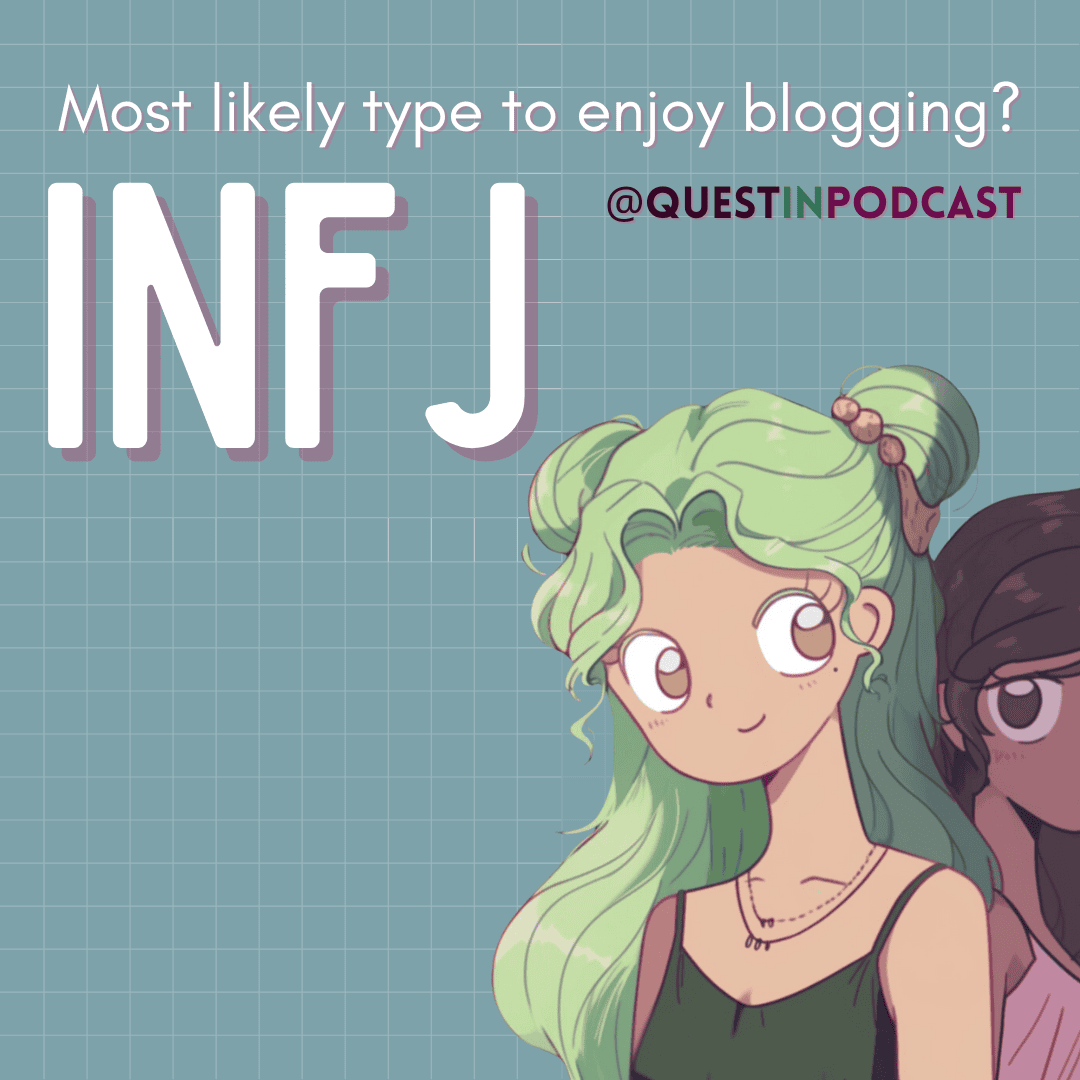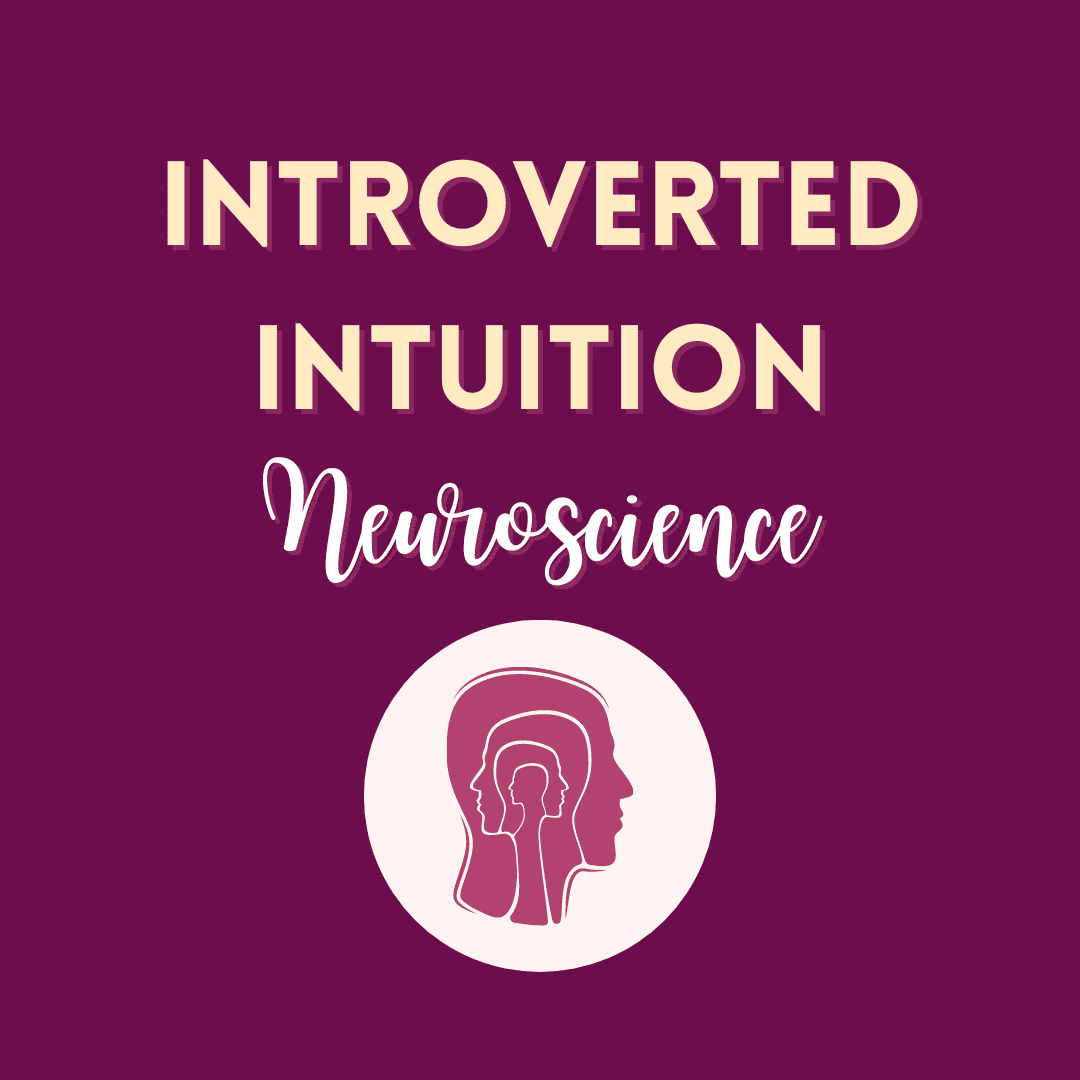
The Neuroscience of Introverted Intuition (INTJ + INFJ Intuition)
What is Introverted Intuition (Ni)?
Introverted intuition (Ni) is one of the 8 cognitive functions used to classify the 16 psychological types of MBTI. Ni is the dominant function of both the INFJ and the INTJ personality types. It is the rarest cognitive function, as the four types that use it primarily or secondarily are 4 of the rarest personality types.
These types seem to have a magical ability to predict accurate future outcomes from exploring their inner vision. From a young age, they enjoy developing this innate ability to find hidden meanings and understand the big picture. Inside the INTJ’s and INFJ’s mind, they easily can look within for insight as they listen and connect to their inner voice. Though, they often may feel misunderstood as human beings.

Cognitive Functions of Psychological Type
The other 3 perceiving functions are extraverted thinking (Ne), extraverted sensing (Se), and introverted sensing (Si). If one type consciously uses introverted intuition (Ni), then they will also consciously use extraverted sensing. On the other hand, the 4 judging functions are extraverted feeling (Fe), introverted feeling (Fi), extraverted thinking (Te), and introverted thinking (Ti).
INFJ vs INTJ
The INTJ personality type and INFJ personality type have the same dominant (1st) and inferior (4th) cognitive functions but different for their auxiliary function and tertiary function. Due to auxiliary function of extraverted feeling (Fe), the INFJ personality type will be more likely to pick up on emotions, people’s feelings, and body language.
What is the Neuroscience of Introverted Intuition?
This article is made with reference material from the Neuroscience of Personality (2011) by Dr. Dario Nardi. The information was theorized through brain research with EEG-derived data. Dr. Dario Nardi supervised a social neuroscience lab at UCLA that focused on brain activity and personality patterns.
The Neuroscience of Personality is awesome for holistic insights into the observable differences of the 16 psychological types. It is fun for both beginners and advanced MBTI enthusiasts.
Okay, let’s quest into what the research revealed.
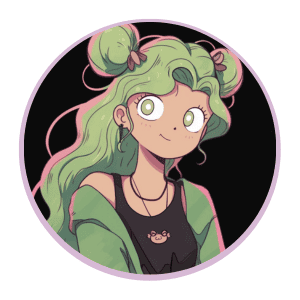
Brain Patterning for INTJ + INFJ Intuition
Whole-Brain Zen
INTJ + INFJ introverted intuition produces a whole brain zen-like pattern, which happens when people are awake but relaxed. For the 14 other types (who are not Ni-dominant), this pattern occurs when a person works within their specific area of expertise. For Ni-dominants however, the zen-like state happens when they explore unfamiliar, novel problems.
All neocortex regions are accessed in order to “realize” an answer. The process works best when focusing on finding the answer to a single question, without any distractions.
INTJs and INFJs experience a zen state when tasked with envisioning the future, because what could be more novel or unfamiliar than what is yet to happen? Contrastingly, the other types instead of a whole-brain zen-like state show activity specifically in one region, called T6 region, when given the same task.
Additional Observable Neurological Patterns for INFJ + INTJ
Other brain patterns for introverted intuition dominant types are strong visual thinking, openness to novelty, and attention to process. Notably, Ni-doms can be slow to arrive at decisions and struggle to explain their reasonings.
INTJs + INFJs are very active in the O1, O2, and Fp2 regions of the brain. In Neuroscience of Personality, these regions are named the Visual Engineer, Abstract Impressionist, and Process Manager regions respectively.
Specific cognitive skills can help to understand these regions better.

For the O1 Visual Engineer region, the skills encompass to “Mentally rotate, measure, arrange, assemble and explore objects with a focus on functionality.”
For the O2 Abstract Impressionist region, the skills are to “Notice holistic themes, patterns, and relationships in photos, paintings, and similar images.”
For the Fp2 Process Manager region, the cognitive skill set includes to “Focus on process, either step-by-step for tasks, or open-ended creative brainstorming, or both.”
Additionally, the INFJ personality type shows high activity in the F7 Imaginative Mimic region that is skilled at “Mirror[ing] others’ behavior, pick[ing] up skills by observing others, and mak[ing] imaginative inferences.” The INTJ personality shows efficient overall brain activity.
When Ni is the Auxiliary (2nd) Function
Both the ENTJ and ENFJ personality types use introverted intuition as their support (parent) function. These two types usually benefit from a physical or sensory focus to help get into the zen state. Otherwise, metaphysical questions also can provoke such. However, these two types generally have less interest in brainstorming and asking what-if questions compared to an INTJ or INFJ.
INTJ + INFJ Introverted Intuition
INTJs and INFJs tend to indulge in holistic problem-solving. Ni-types respond to tasks in a serious and predictable manner. They stray away from rote practice, despite such being necessary to form the neural pathways necessary for specialization. Rote practice is very introverted sensing (Si), which feels quite the opposite to introverted intuition (Ni).
Ni-doms are generalists, instead of specialists. They are slow to commit to permanently hard-wiring their brain around a particular task.

The one exception might be the INFJ subtype, which I’ll link both my INFJ and INTJ subtype articles here. They are summaries of the subtypes for the two types from Dr. Dario Nardi’s latest neuroscience work Decode Your Personality (2023).
A Few Tips for Introverted Intuition
- Gift yourself time without external stimulation to access your rich inner processes. This can be as simple as sitting down in a quiet place and closing your eyes to observe where your mind takes you to. Some might describe this as getting into a trance until a “realization” comes to you.
- When you do allow yourself to explore the future, then also dedicate some exploration of how to actualize those visualizations. Make a step-by-step plan by breaking your bigger goals into smaller goals.
- Lastly, you need to go out in the world as much as possible to have experiential content available when your mind searches within for answers. Rich experiences will feed different brain regions so that your brain has something to offer when you seek the answer to novel questions.

Thank you so much for reading this article!
My next article will be about the Neuroscience of the Perceiving Functions, which will holistically summarize those 4 cognitive functions from the same book.



